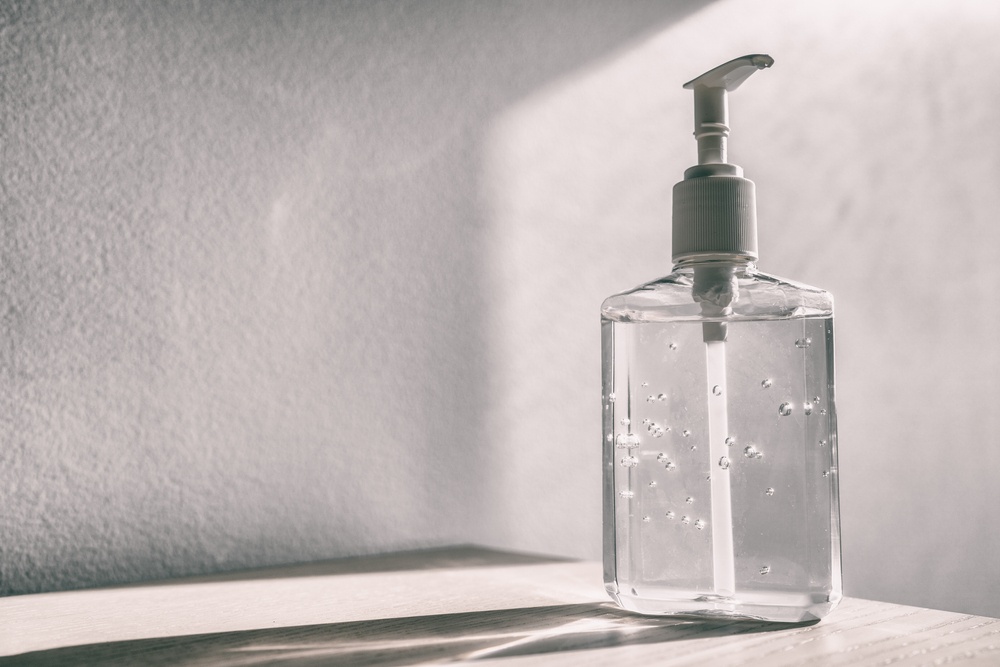Sanitizers can be dangerous if not used correctly
Washing your hands with soap and water for 20 seconds is one of the most effective ways to prevent Covid-19. However, if we are out and about, using a 70% alcohol-based hand sanitizer does the job. But how effective are these hand sanitizers in getting rid of germs?
Here are six facts about hand sanitizers that you should know:
1. Kills germs but does not clean hands – Soap and water do not kill germs, they remove them. Hand Sanitizers also don’t work, if your hands are visibly dirty or greasy, and they may not remove harmful chemicals.
So, when you rub and scrub your hands with soap between your palms and fingers, this creates friction that breaks down the structure of the bacteria and loosens the germs from your skin and when you rinse your hands under water, you wash those germs down the drain. A hand sanitizer kills germs but does not clean hands.
2. Sanitizers don’t work in certain situations – Sanitizers should be used as a backup to soap and water, ideally when you are out. Hand-washing is effective at getting your hands free from grime and germs.
Center from Disease Control (CDC) in the United States recommends using hand sanitizer as a first choice in certain situations, such as before and after visiting a friend or a loved one. However, wash your hands with soap and water as soon as you can.
3. Use 60% alcohol-based sanitizer – Center for Disease Control (CDC) recommends using a hand sanitizer that contains minimum 60% alcohol. Any sanitizer with less than that in terms of alcohol content may not work well for many types of germs.
If you come across handsSanitizers that contain benzalkonium chloride instead of alcohol, do not use them. They are less reliable against certain bacteria and viruses compared to alcohol-based Sanitizers.
Also, homemade sanitizers can be ineffective and dangerous. DIY hand sanitizers should be avoided, because if it’s not made correctly, it can burn your hands instead of killing germs.
4. Sanitising technique – Take a generous amount of sanitizer to the palm of your hand and spread it gently all over, paying special attention to your fingertips. Continue rubbing the hand sanitizer into your hands until your skin is completely dry. It will kill all the germs provided you rub your hands for 20 seconds till the sanitizer dries out.
5. Cleaning products are not Sanitizers – Antibacterial sprays and disinfectants cannot be used as sanitizers. These products are designed for hard, non-porous surfaces and not human skin. Bleach on food products, applying household cleaning and disinfectant products to skin, and inhaling or ingesting cleaners and disinfectants are unsafe.
6. Hand Sanitizer can be dangerous for some – Sanitizers are toxic by the end of the day. When ingested, especially by vulnerable people, it can cause gastrointestinal issues leading to alcohol poisoning. Hand sanitizers are also flammable. The CDC advises hospitals, nursing homes and other health care facilities to store hand Sanitizer in a safe manner away from sources of ignition.
It is essential to keep a sanitizer handy. However, wash your hands whenever you can to keep them clean and germ-free.



